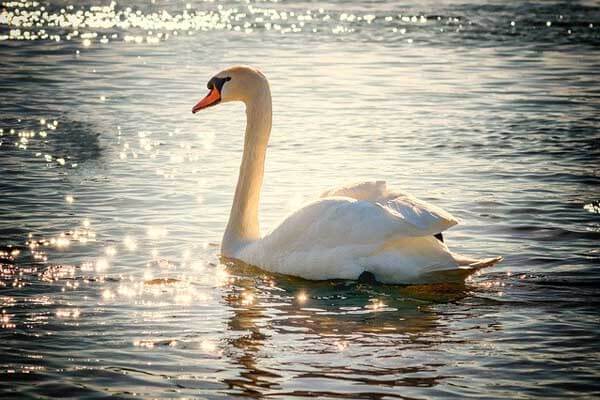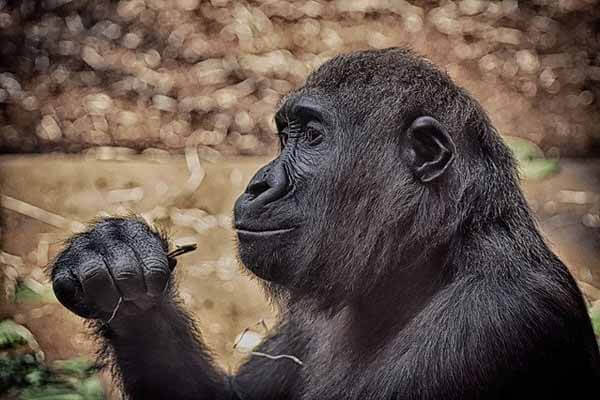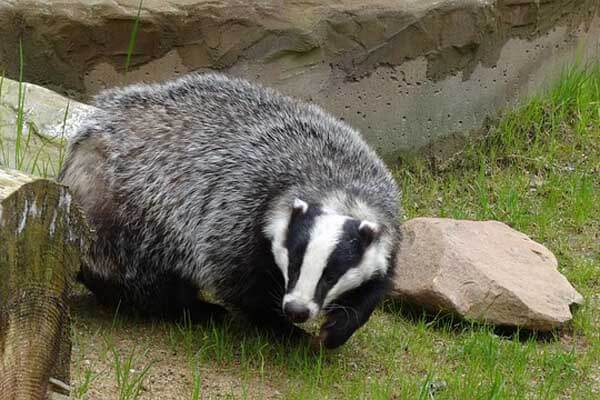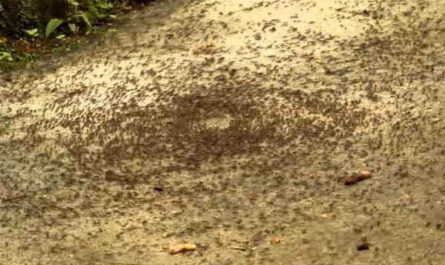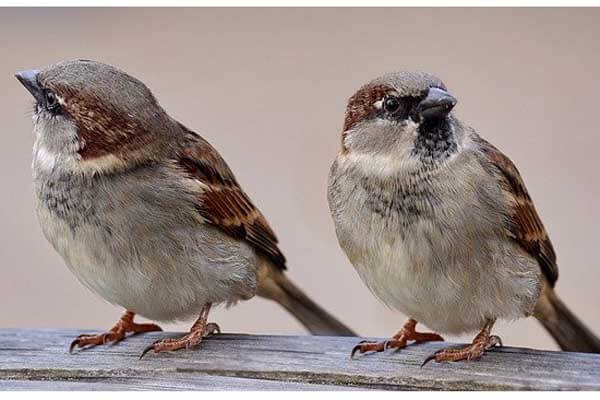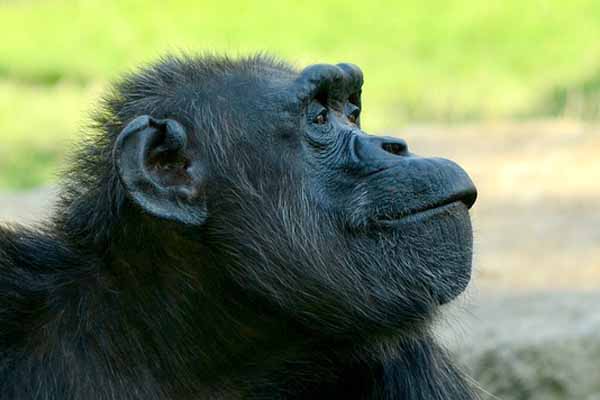A dragonfly is a beautiful and graceful insect, a symbol of lightness, weightlessness, and speed.
However, not everyone knows how this creature lives in the wild, what it eats, and what habits it has. These interesting facts are told in this article.
Facts about dragonflies
Before figuring out what dragonflies eat in the wild, let’s take a closer look at the description of this insect and break down its features.
Dragonfly is a very ancient creature, the age of this order of insects is at least three hundred billion years. Dragonflies were among the first to leave the earth and soar into the air. For so many years, this insect has not undergone serious changes – modern dragonflies can not boast of such a large size as their ancient relatives, but they have not changed much in appearance.
Dragonfly family has more than six thousand species, they live almost everywhere, except in the cold regions of the South Pole.
The wingspan of dragonflies can reach from 1.5 to 15 centimeters. The species living in the southern parts of the planet are significantly larger. The coloration of these insects is amazingly diverse – it can be monochrome or spotted, and the wings can be both transparent and covered with striped patterns or painted in different colors.
Is a dragonfly a predator or an herbivore?
A dragonfly is a predatory insect, and an active one, hunting right in the air, catching insects. To understand more clearly what a dragonfly eats in nature, it is necessary to carefully consider its structure, which directly indicates the type of feeding of this insect.
The dragonfly’s eye has a faceted structure, and its thin neck allows it to move its head – this improves visibility during the hunt and allows it to spot and track its potential prey. Its range of vision is up to eight meters.
The strong jaw is designed for dividing the caught prey, the dragonfly can chew and crush even the hardest chitin.
The dragonfly has clinging limbs to hold large insects, and it can catch very small creatures with its mouth on the fly.
The graceful and graceful body of the dragonfly allows for beautiful and efficient maneuvering in the air, it creates a flight path to increase the efficiency of its hunting. Even such agile insects as flies and gnats find it difficult to fly away from a dragonfly – it is a very fast predator.
Thus, the answer to the question of what dragonflies feed on becomes more and more obvious – they are quite aggressive insects, preying on smaller individuals.
What do dragonflies eat in the wild?
Dragonflies prefer to hunt near bodies of water because in these places you can often see large accumulations of small insects. The dragonfly requires quite a lot of food – during the day it can consume the amount of prey exceeding its own weight by several times. Try to imagine – an adult dragonfly can eat up to forty flies in a day!
Also, it is very convenient to live near water bodies, because it is in the water that dragonflies lay their eggs and hatch their larvae.
The dragonfly is active during the daytime; clear, sunny weather is the most favorable for it. And at night, these insects hide in a shelter.
This is a very intelligent creature – studies are proving that dragonflies can calculate the trajectory of their victims during hunting and can predict the movement of their prey several steps ahead.
Dragonflies have no special preferences in their diet. Observing what dragonflies eat in nature, we can notice that these insects are more concerned about the size of potential prey than its type. Therefore, dragonflies are not selective in their food. In general, their diet consists of flies and midges, mosquitoes and their larvae, as well as other insects.
Especially large individuals living in southern regions can hunt even small amphibians and fish.
It should be noted that the dragonfly is a useful insect for humans because it destroys a large number of garden and garden pests.
What do dragonfly larvae eat in the wild?
Analyzing what dragonflies eat, we can not ignore the issue of feeding their larvae.
The dragonfly larva (as well as the adult) is also characterized by predatory habits. They live in the coastal mud, where they spend their time waiting for prey. They feed only on live food, usually invertebrates such as insect larvae, tadpoles, or even small fry.
To grow and develop properly, the dragonfly nymph requires a very large amount of food that exceeds its body weight. During the warm morning hours, the larvae go out into the air and are energized by sitting in the sunlight.
What do dragonflies eat in captivity?
Very many fans of exotic animals and insects keep them at home, so the relevant question is what to feed a dragonfly in the home.
For feeding dragonflies, it is best to breed insects that are close to their species in natural conditions. Drosophila flies are well suited for this purpose. It must be remembered that the food must be live to satisfy the dragonfly’s hunting instinct. Drosophila breed well in containers with organic waste, for example, the remains of fruits and vegetables.
If the insect has trouble hunting, you can help a little – catch a live-fly and bring it up to the dragonfly’s jaws. Then with a high probability, it will figure out that this is food and proceed to the meal.
Some owners of insects note that when observing what dragonflies eat at home, you can see them having a real hunt right in the room where the fly container is located, outside the terrarium.
Do dragonflies eat wasps?
Large dragonflies catch both wasps and bees.
Dragonflies are predatory large insects that develop in water. They catch a variety of insects on the fly, including bees. In some years, dragonflies raid apiaries in droves and exterminate many flying bees. They frighten away the dragonflies by shooting them with a gun.
Do Dragonflies Eat Spiders?
While the answer to the question do dragonflies eat spiders is a complex one, the simple answer is yes. Some aquatic spiders will encounter larvae of dragonflies on the surface of the water. Young ballooning arachnids may encounter the flying insect on their webs. The fact is that many insects are predatory and will hunt the prey if they find it. In this article, we’ll look at how a variety of species can interact with each other and the impact that these creatures have on each other and on their surroundings.
Although dragonflies typically feed on midges and mosquitoes, they’ll also feast on each other. In fact, larger dragonflies eat up to 10 times their own weight in prey every single day. While spiders can be dangerous, dragonflies can be a helpful pest management tool. Their incredible agility means they can catch their prey mid-air and are highly effective at it. However, don’t expect to see your backyard covered in them every day.
Insects and wasps are both a dragonfly’s primary food source. Adult dragonflies are much more dangerous to humans than dragonflies, and they tend to live in solitary colonies. Their larvae last up to two years, and they can hunt both flying and diving wasps. This way, they can stay hidden in your yard and not be seen. They’ll attack you anytime you see them.
Dragonflies don’t sting, and their larvae attach to horsefly eggs and hatch into a gooey mass. In addition to being better at outflying their prey, they’ll eat mosquitoes and midges as well. They’re much more effective than great white sharks and lions. You can’t blame them. They’re a wonderful part of nature!
Dragonflies are predators, but they’re also helpful to humans. They eat many garden pests and kill their larvae. They are known for their predatory habits, and their fluttering behavior makes them a valuable insect for your garden. Unlike a few other insects, they don’t attack spiders. You’re safe and dry with dragonfly stings, which will help keep you protected and healthy.
It’s best to leave the dragonfly larvae alone. It’s important to avoid the insect’s larvae as they’re not harmful to humans. If they’re still nymphs, don’t disturb them by trying to help them. They’ll bite you. If you do, you’ll damage the larvae and eat them. If dragonflies sting, they’ll bite back.
Adult dragonflies will prey on other types of animals and plants, but they’ll probably eat more than their own body weight. Those that are larger will eat more than their body weight every day. The larvae of dragonflies will also eat the mosquitoes they swoop down from the air and feed on them. A dragonfly’s diet will depend on its size.
In addition to spiders, dragonflies also eat other insects. They will attack small vertebrates and flies, and they will usually attack them from a distance. While it’s unclear if dragonflies eat spiders, they do eat other insects. They’re also known to eat mosquitoes and midges. The only question is, do dragonflies EAT spiders?
In the wild, dragonflies will eat honey bees and other insects. Their sharp teeth and strong jaws make them a formidable predators. When they come near their prey, they will ambush them to avoid being stung. In their adult form, dragonflies can easily capture and consume a large number of insects. It’s also possible to find a dragonfly that has already bitten you.
Dragonflies eat mosquitoes and other small insects. They live in water and eat any insect that dares to challenge them. They eat mosquitoes and flies and even spiders that crawl out of webs. If you see a dragonfly in your garden, don’t worry, it’s probably a yellow jacket. It’s not harmful to your garden, but it can be annoying to your neighbors.
A dragonfly’s larvae can eat small spiders. When they are in their larval stage, they’ll eat other insects that eat spiders. When a dragonfly mates, it will lay its eggs over the surface of the water. It’s like the spider’s meal. As a result, it’s important to not confuse these two species. The fact is, a dragonfly’s egg and adult will feed on both.
